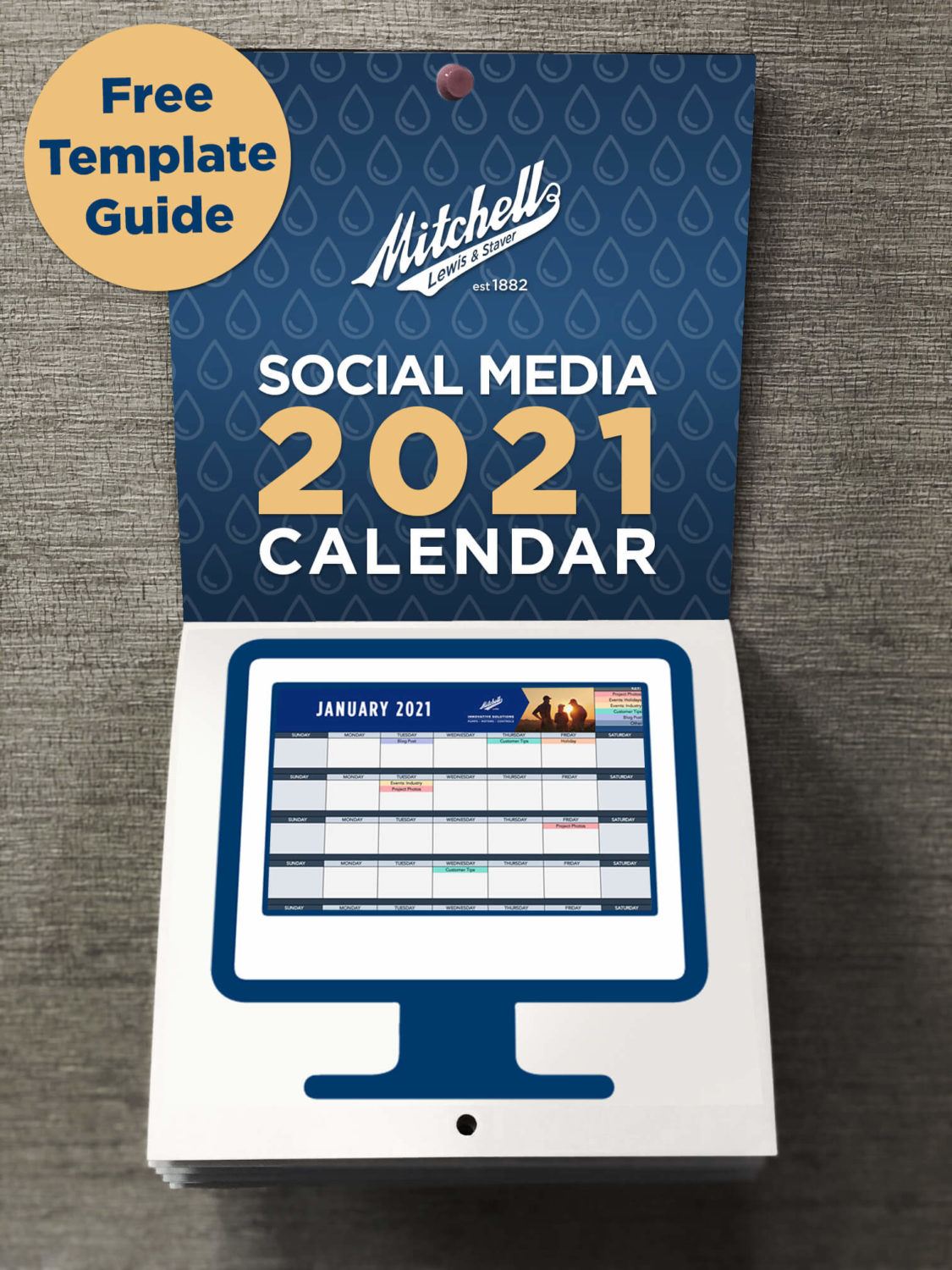
 Social media is an incredibly fast, inexpensive and effective tool for communicating, answering questions and building trust with customers – and potential customers.
Social media is an incredibly fast, inexpensive and effective tool for communicating, answering questions and building trust with customers – and potential customers.
A successful social media strategy requires regular publishing and engaging with followers to see positive results – such as increased brand recognition, lead generation, SEO (search engine optimization), or all the above. With a new year just around the corner, now is the perfect time to start organizing your ideas and planning out your 2021 content calendar.
Tip #1: Pick categories
Start by taking a look back at your previous posts and evaluate which ones had the most likes, shares or comments. To do this, you’ll need to pull together all your unique media analytics from sources such as Twitter, Facebook Insights, or LinkedIn. If you don’t have old posts to refer to, do an audit of a competitor in your industry. Search for relevant hashtags or keywords and identify the accounts with the highest engagement. Next, categorize these posts and think about any new categories you would like to start sharing.
Examples:
- Photos of recently completed work
- Events: holidays or special events relevant to your industry
- Tips for your customers
- Re-shares of interesting content
- Blog shares of your original content
- Conversation starters
Tip #2: Decide what categories are right for each audience
Social media is a unique channel that requires some research before you start blasting out content. Here are a few example questions to ask yourself: Are some posts performing better on Twitter than on Instagram? Does your LinkedIn audience respond to thought leadership content (ebook, blog, whitepaper) more? Are videos generating the most engagement on Facebook? Really dive into the content formats and topics that your audience responds to for each platform.
Tip #3: Determine the frequency
Determine a frequency, whether it is 3x week or once a month and write that down, a 2015 university study showed that the act of writing down your goals increases your likeliness to follow through by 42%. Don’t set yourself up to fail, pick a frequency that is achievable and hold yourself to it.
Tip #4: Plan out your posts in advance
Writing under a tight deadline can be stressful and feel like a chore, try writing your posts (and gathering images) well in advance; this way, when the day/week/month comes for your next post, you only need to cut and paste your content. Easy.
Tip #5: Download a free calendar
Start mapping out your week/month or year with our free excel template or setup a Google calendar which is great for keeping you on schedule with reminders. Our team at Mitchell’s has used the free version of Trello in the past with great success. This tool helped us organize posts (or any project) into a visual workflow and assign tasks to team members.
We’re all incredibly busy and without a plan in place for the different tasks we have to get done, things inevitably slip through the cracks. Social media engagement is no exception. Whether you are a seasoned social wizard or just setting up your first Facebook for business page, every social media manager knows the value and benefits of taking the time to setup and use a social media content calendar.
To help get you started, we’re sharing our own social media template to make planning, managing and coordinating your content easier than ever. Template includes industry and association events scheduled for 2021 – plus links to event images and #hashtags!
